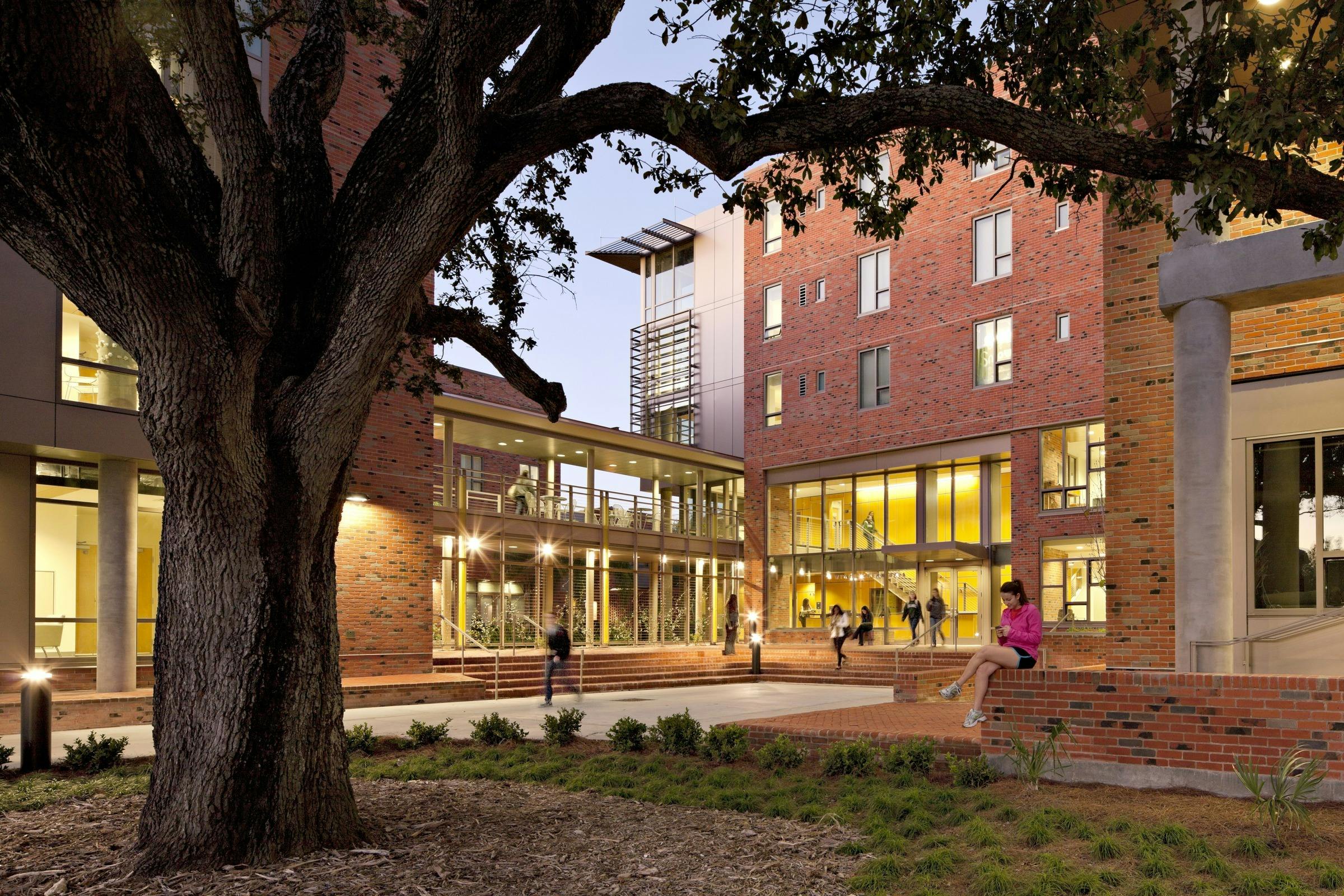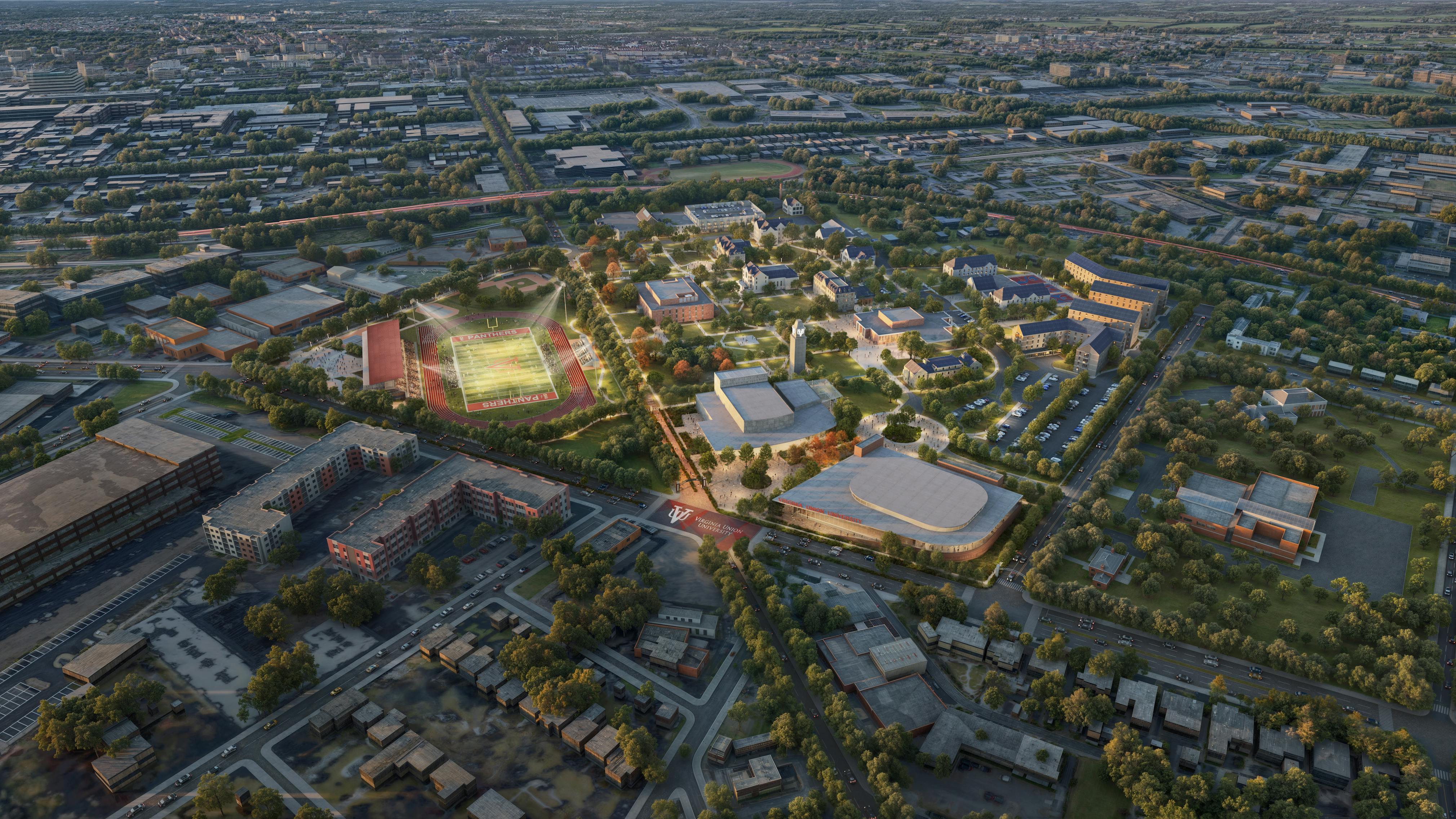



Tulane University Housing Development Plan
In 1995, faced with challenges in sophomore retention partly due to its vibrant but distracting proximity to New Orleans' French Quarter, Tulane University embarked on a visionary transformation of its campus living experience. Recognizing that outdated housing contributed to the issue, Tulane looked to pioneers like Vanderbilt and Princeton, shifting from social-centric to academically integrated residential models. This shift aimed to foster a more cohesive and engaging campus community by addressing the disparate nature of campus residences, dining, and student life facilities.
The revitalization plan focused on fostering a community model that encouraged civic and social interaction, faculty integration, and offered dynamic student choices. Central to this vision was the development of a pedestrian-friendly core on campus, enriched by local food vendors and ground-level facilities designed to be outwardly engaging, creating an active and inviting streetscape reminiscent of New Orleans' signature vibrancy. Hanbury contributed to drafting a "white paper" on academic integration and the formation of residential learning communities, culminating in a comprehensive 10-year plan. The outcome was a $120 million investment in demolitions, renovations, and the creation of four new communities, all aimed at reinforcing the university's holistic vision by establishing a social and intellectual seam between the campus and the surrounding community. The plan's success has been acknowledged with an excellence in planning award.
 Tulane University Weatherhead Hall
Tulane University Weatherhead Hall UNC Wilmington Campus Master Plan
UNC Wilmington Campus Master Plan Virginia Union University Master Plan
Virginia Union University Master Plan Western Carolina University Master Plan
Western Carolina University Master Plan Erdahl-Cloyd Master Plan
Erdahl-Cloyd Master Plan Rhodes Campus Master Plan
Rhodes Campus Master Plan University of Kansas Campus Master Plan
University of Kansas Campus Master Plan UNC Charlotte Cone Sector Study
UNC Charlotte Cone Sector Study Florida Atlantic University Master Plan
Florida Atlantic University Master Plan